Louise Hislop, local entomologist, introduces you to the lives of rarer bees that call the North East home.
The North East is in a position of flux, being at the northern edge of the range of many species and the southern edge of some northern species. Changes in climate, land use and farming practices result in variations to species assemblages. Though a number of the species mentioned are rare in the North East, many are not considered rare in the rest of the UK. Sparse species, those with a thin distribution, can usually be found only by chance, whereas those with restricted distribution are more accessible with some research as to timing and site.
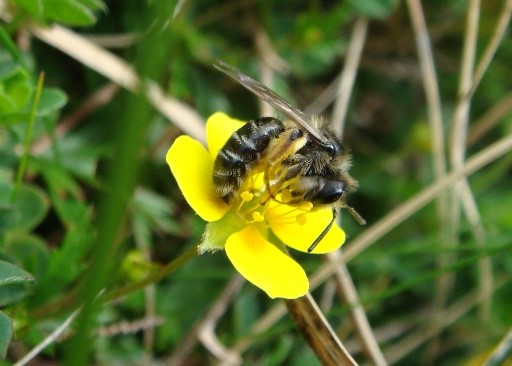
Tormentil Mining Bee Andrena tarsata
A small solitary bee of heaths and moorlands, widely distributed thought UK, but sparse everywhere. There are only a few scattered records in the North East, but they include the area of Low Force on the Tees, where they nest in a small but dense aggregation. Females take pollen solely from tormentil, though other flowers are visited for nectar.
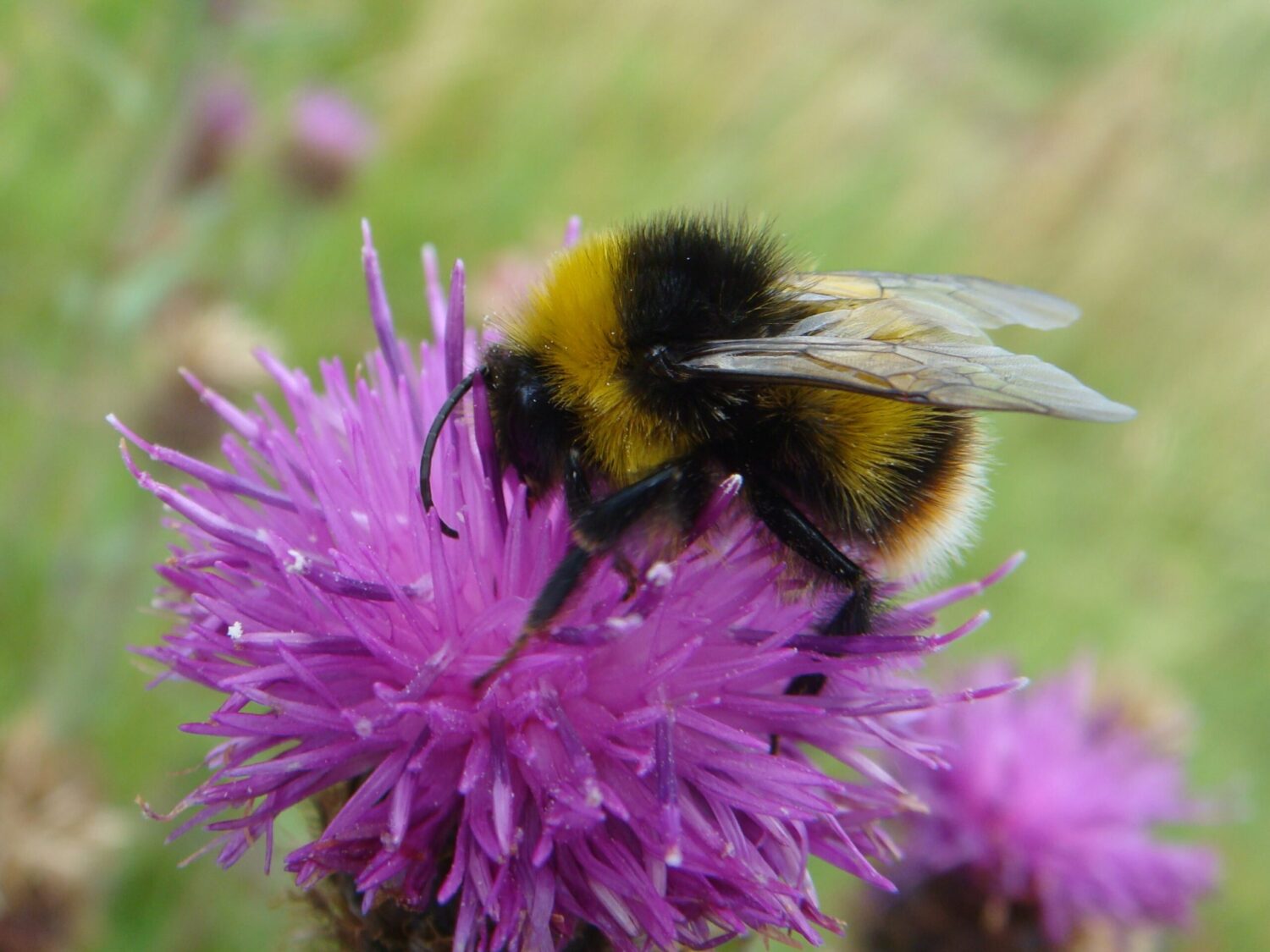
Broken-belted Bumblebee Bombus soroeensis
A small black, yellow and white or peach banded bumblebee, very variable in colour. Distributed throughout the UK but restricted to upland areas of late flower-rich grasslands and moor. The queens are not seen before June, with males emerging into September.
Nests are underground in old rodent holes and the species can be found at sites in the upper reaches of the Tyne, Tees, and Wear. A full account of the status of the Broken-belted Bumblebee in the North east can be found in The Bumblebees of North East England.
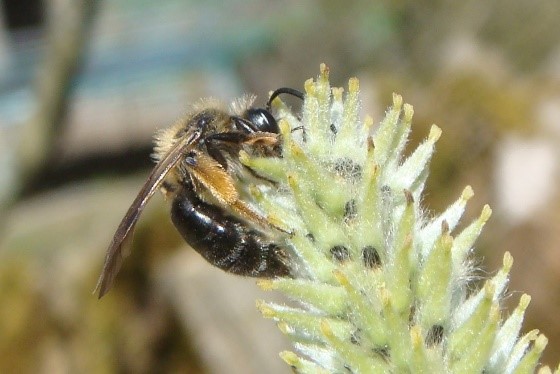
Northern Mining Bee Andrena ruficrus
The Northern Mining Bee is unusual in being a solitary bee with a northern distribution, which extends south to North-East Yorkshire. A rare species scattered over much of Scotland, with a few recent records in the North East. One of the smaller Mining Bee species, associated with sallow, on the wing from March to June and requiring bare ground for nesting.
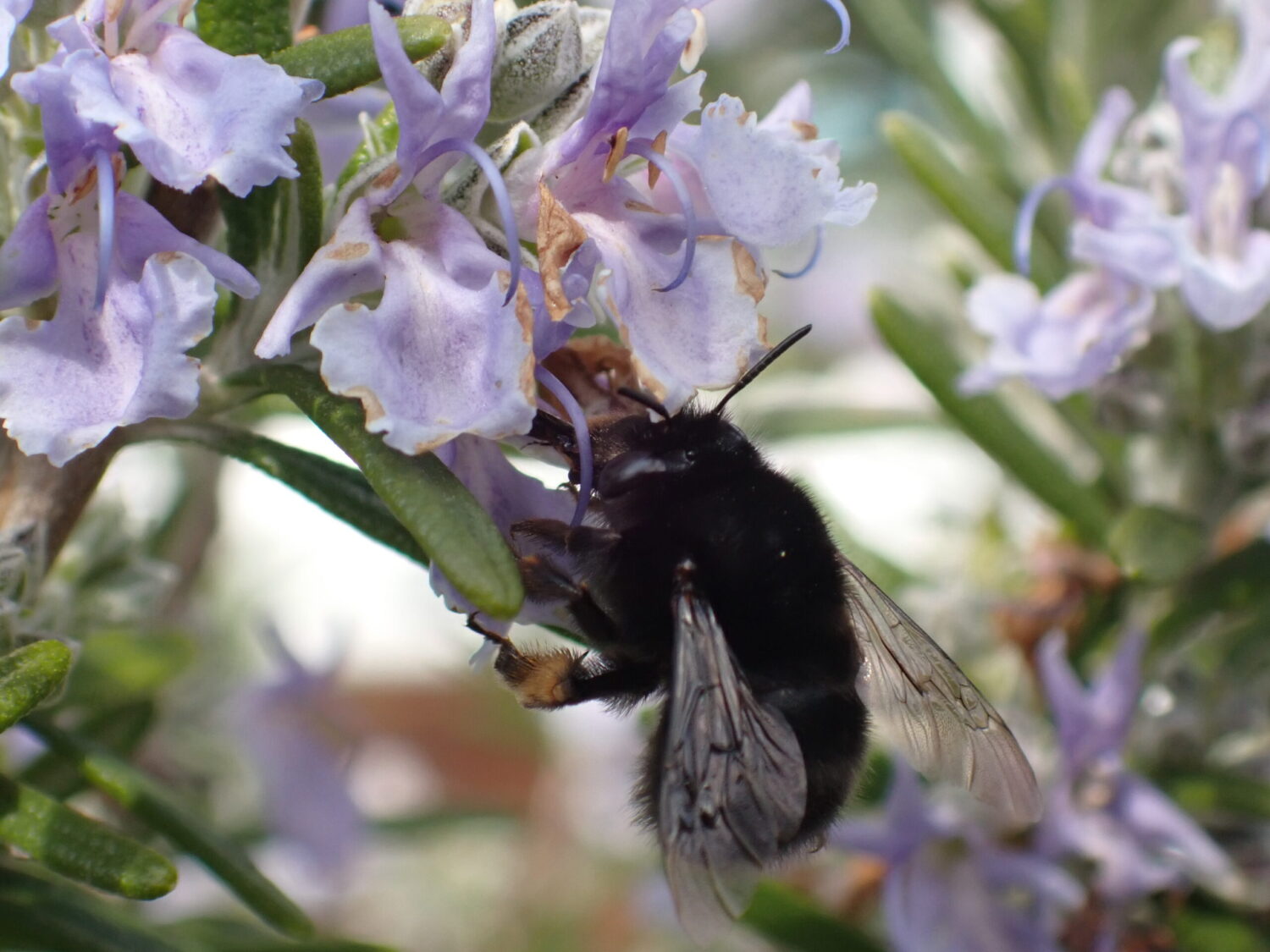
Hairy-footed Flower Bee Anthophora plumipes
A common bee in the south but with no records in Co. Durham or South Northumberland, it has reached the Alnwick coastal area, with five records since 2011. One of the earliest species to emerge in spring it is often mistaken for a small bumblebee, with a fast darting and hovering flight.
It exhibits sexual dimorphism, the males being gingery brown with feathery hairs on legs and feet, and the females all black with orange scopa on hind legs. Nests are made in soft mortar, cob walls or cliff faces. A frequent visitor to lungwort, dead-nettle and comfrey, it flies between March and June.
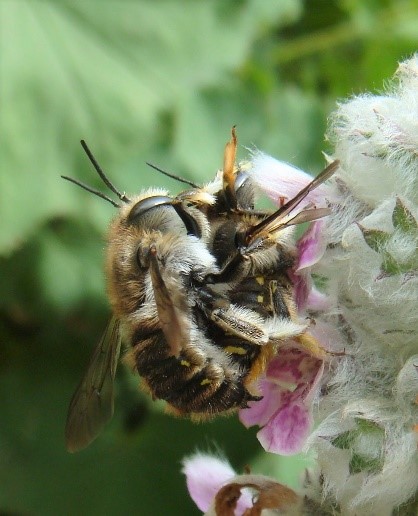
Wool Carder Bee Anthidium manicatum
A robust, distinctive bee with yellow spots down each side of the abdomen. Females comb hair fibres from plants such as lamb’s-ear as nest material. Males are very territorial and defend flowers for females from all other insects, and can kill intruders by crushing them. In return females allow males to mate (the only bee where females mate more than once).
On the wing from May to August, they nest in hollow stems, dead wood and bee hotels. Still a rare bee in the North East, with one record from each of Wylam (South Northumberland), Berwick and Co. Durham, this species is extending its distribution northwards.
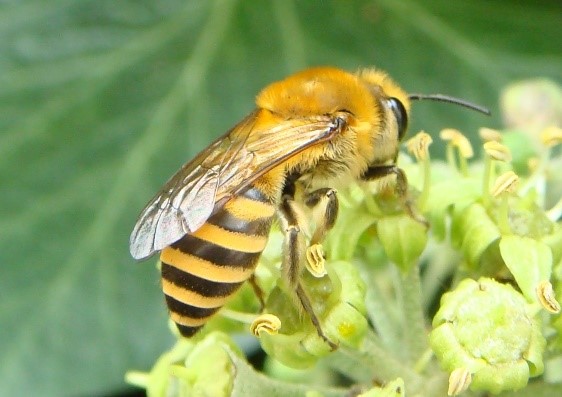
Ivy Bee Colletes hederae
A new arrival to the UK in 2001 and continuing to spread rapidly north. An autumn species, with males emerging in August and persisting into November. As the names suggests, the main food source is ivy.
Just bigger than a honeybee with ginger thorax and distinct yellow/orange striped abdomen, they nest in large and densely packed numbers in soft banks and cliffs. Mating occurs as soon as females emerge and can be quite frenzied with a number of males competing for females in ‘mating balls’. Recorded at two sites, Whitburn and Saltburn.
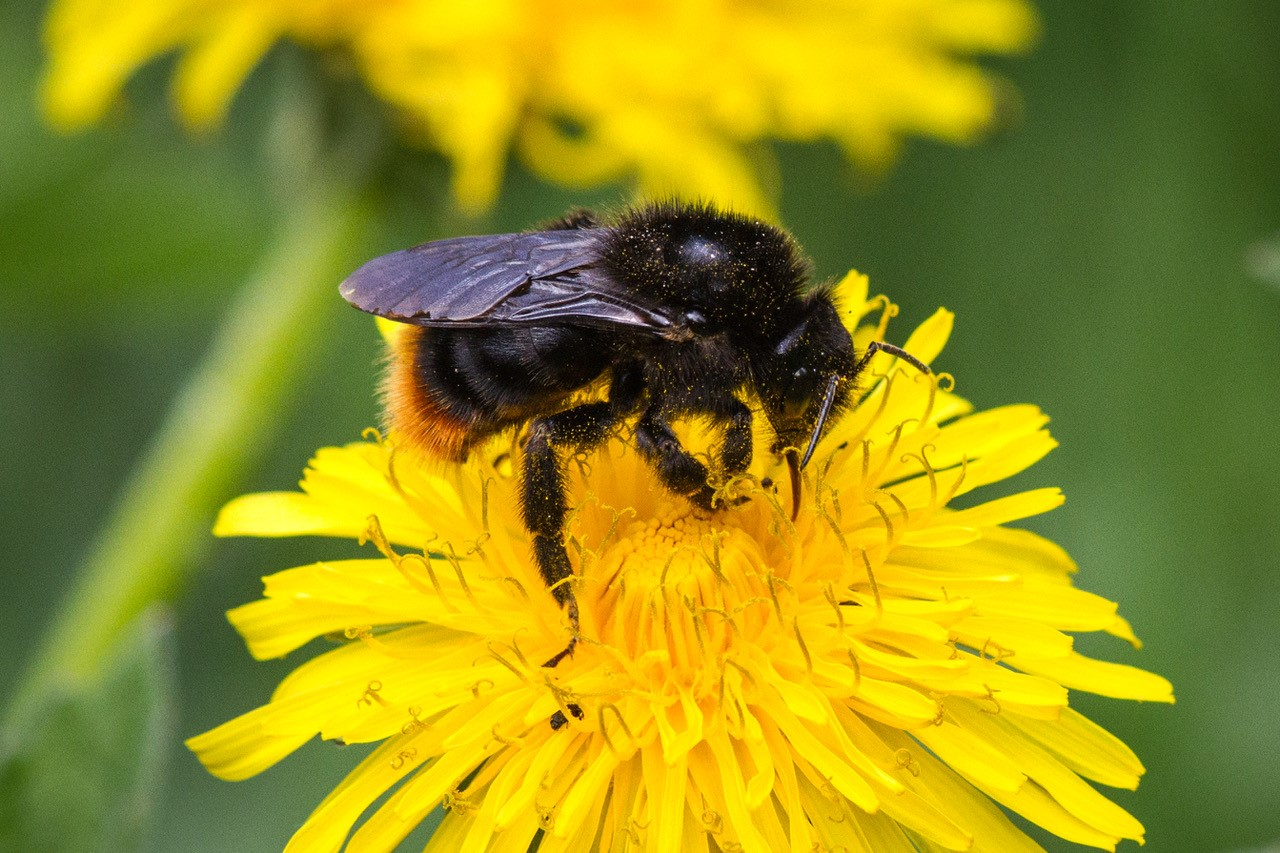
Hill Cuckoo Bee Bombus rupestris
A cuckoo of Red-tailed Bumblebee Bombus lapidarius. Both bees are black with red tails, though the cuckoo has darker wings and no pollen baskets.
Females come out of hibernation in late May and start to search for nests of the host bee. They kill the resident queen, then lay eggs which are tended by the host workers. Though still rare in the North East, this bee has been increasing in numbers and range since 2004.
By Louise Hislop, local entomologist